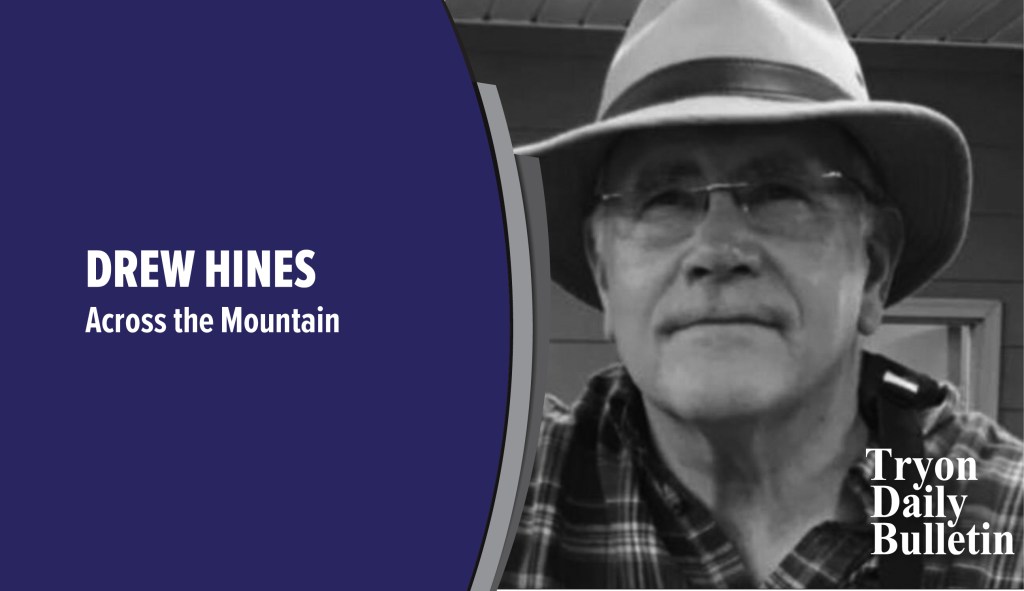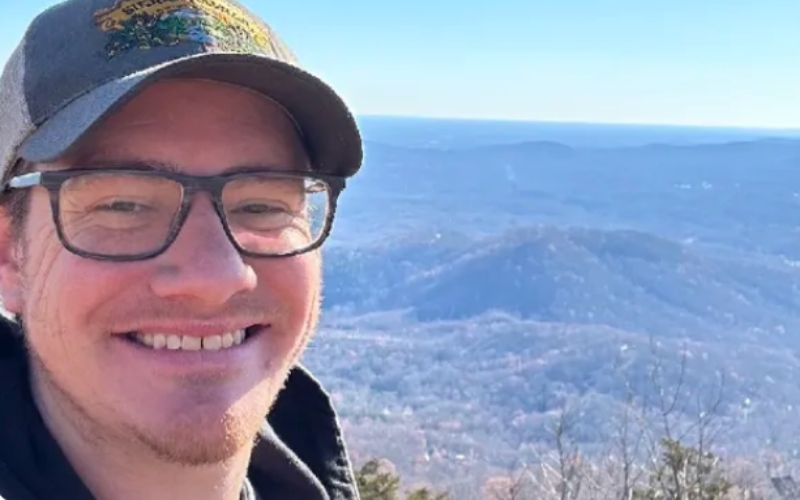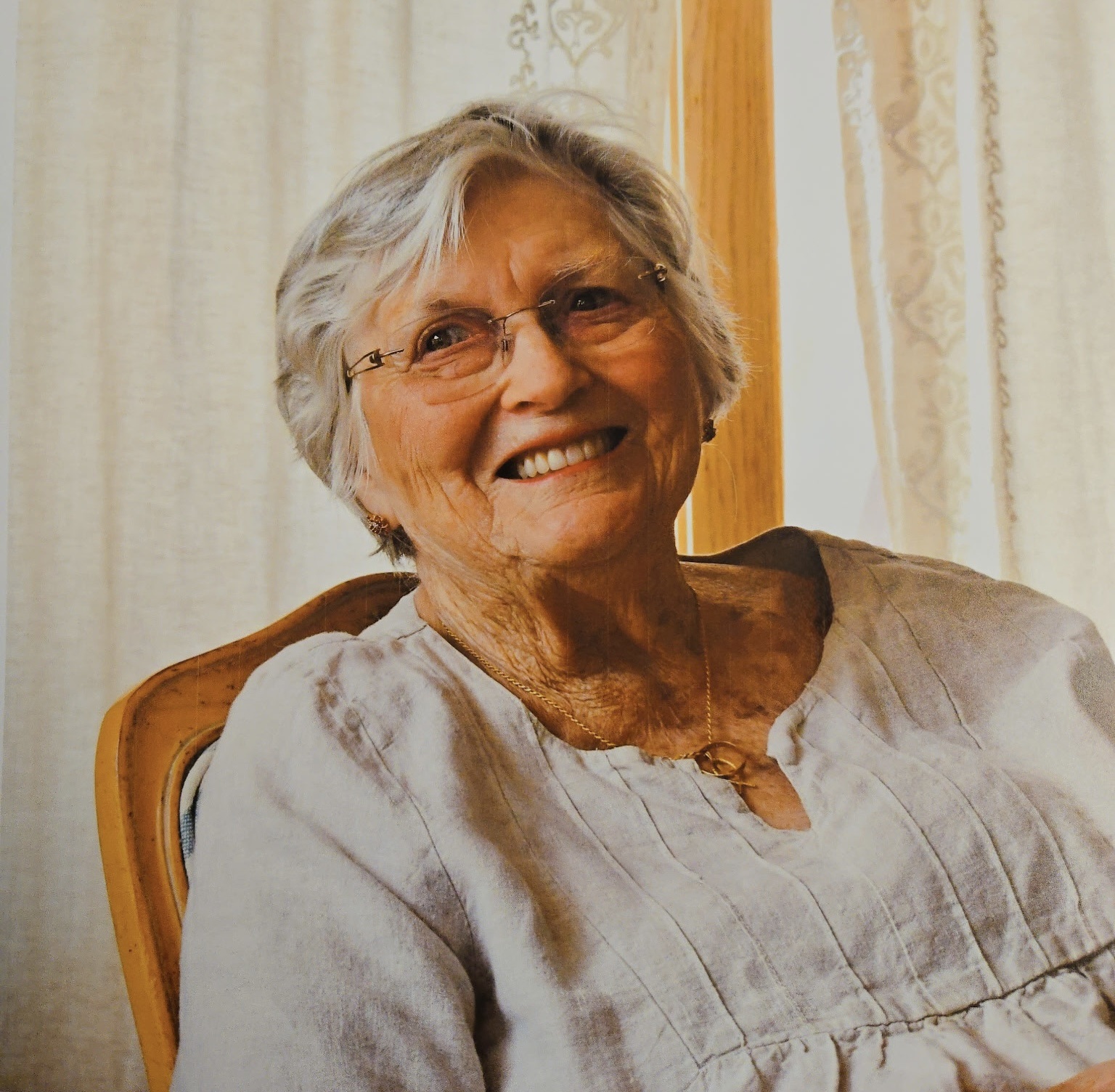How the Liberty Church got its name
Published 12:36 pm Friday, February 7, 2025
|
Getting your Trinity Audio player ready...
|
Liberty Methodist Church stands alongside a once much-traveled road. Unfortunately, the story has been clouded and virtually lost through a couple of long centuries, but the church itself still stands as a testament to the faith and commitment of several generations of local Christian believers.
State Highway 14 was, at one time, the main road from Rutherfordton that meandered through the countryside down through Gowensville, all the way to Greer. In the 1960s, the serpentine-like two-lane thoroughfare was straightened out considerably and rerouted, leaving the small, white weatherboard church a bit isolated and a lot less visible to passers-by. Still, people came to worship, sing, and pray. And preachers proclaimed the timeless Gospel.
One of those preachers who faithfully served the small congregation was Rev. J.C. Duncan. Duncan, who started at the church in 1966 as a lay preacher, was also a schoolteacher and a South Carolina state legislator. Today the delightful ninety-five-year-old still shares happy memories of his time at Liberty, and he was there for thirty years.
Trending
In a recent visit, one question I was especially eager to ask him was about Liberty’s alleged connection with the Underground Railroad in its early days. I had long heard reports, all undocumented, that the church, founded in 1833, had harbored fugitive slaves who were on their way to freedom up north. Rev. Duncan confirmed he had heard the same stories.
“Mrs. Peg Stone, who was well into her nineties when I came here in 1966, told me those stories,” he said. “And I have no reason to doubt them. You see, she was born not too long after the Civil War, so she would have heard those tales herself as a child.”
As far as I know, there are no written histories of Liberty Church. I did read that the church was started as a result of a protracted camp meeting that took place close to Bird Mountain, up toward Tryon. Is it possible the name Liberty came from the practice of helping slaves on their way to freedom? We may never know the answer to that question, but it’s an interesting prospect. The fascinating piece to this puzzle is that no more than two miles away from the church was a plantation called Highland Grove whose owner, Lewis H. Dickey, was, according to records kept at that time, the second largest slaveholder in Greenville County. And he was a man of considerable influence in the area as well. And that begs the question, did the good people of Liberty Church assist any of Dickey’s slaves in their quest for freedom? That would have been a risky proposition in a time when it was a crime to harbor fugitive slaves.
Hopefully, someone will do some more solid research on this subject, and the truth about Liberty’s involvement in the Underground Railroad will be revealed. If so, there should be a historical marker placed in front of the church. Until then, we can only wonder. Rev. J.C. Duncan, for one, believes the claims are true.






